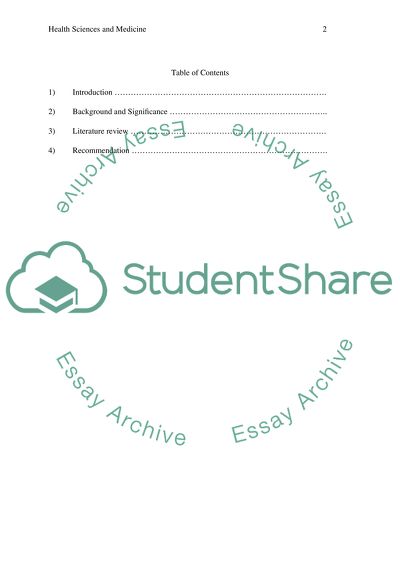Cite this document
(“Obesity among African American Adoloscents from Low Income Families in Essay”, n.d.)
Retrieved from https://studentshare.org/health-sciences-medicine/1443916-write-about-obesity-among-african-american
Retrieved from https://studentshare.org/health-sciences-medicine/1443916-write-about-obesity-among-african-american
(Obesity Among African American Adoloscents from Low Income Families in Essay)
https://studentshare.org/health-sciences-medicine/1443916-write-about-obesity-among-african-american.
https://studentshare.org/health-sciences-medicine/1443916-write-about-obesity-among-african-american.
“Obesity Among African American Adoloscents from Low Income Families in Essay”, n.d. https://studentshare.org/health-sciences-medicine/1443916-write-about-obesity-among-african-american.


